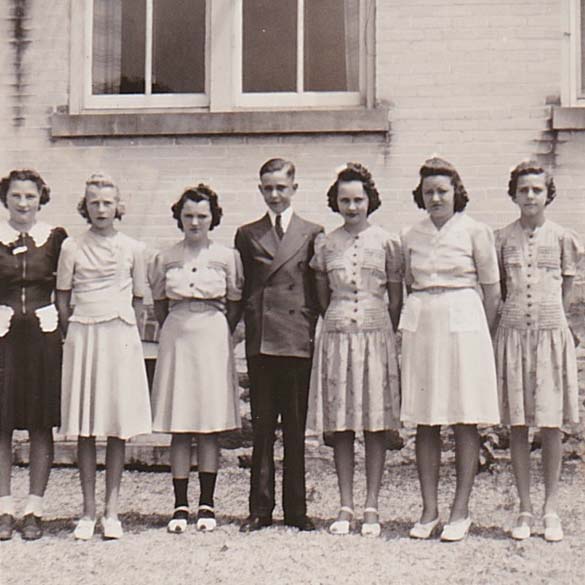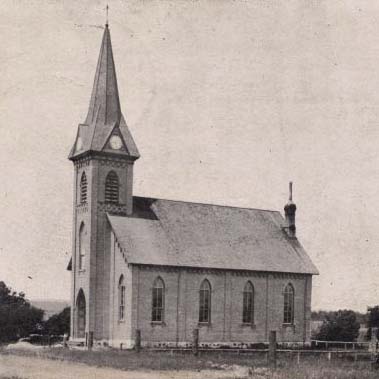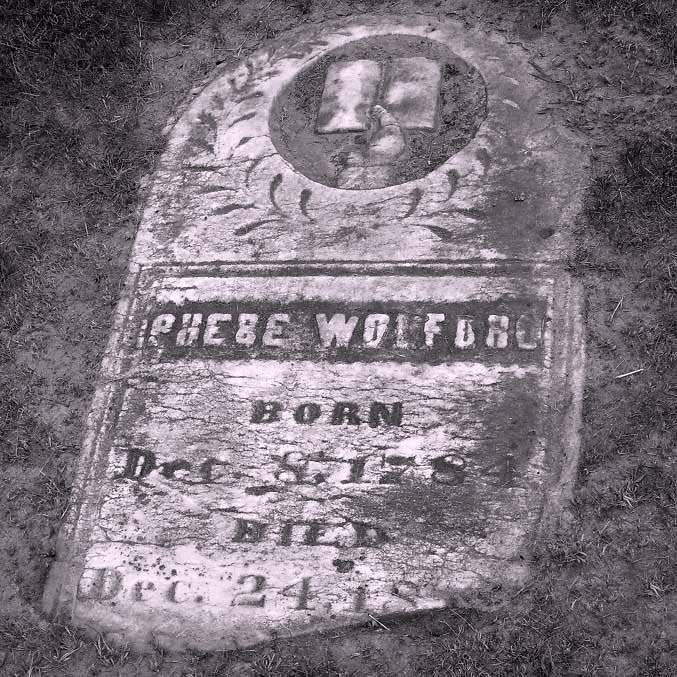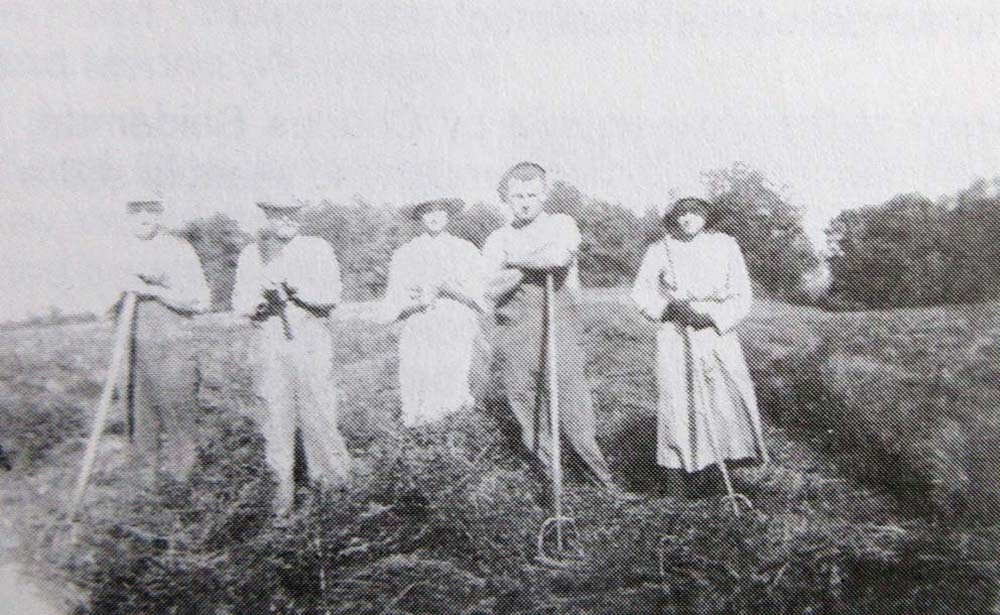― WASHINGTON COUNTY, WI ―
FARMINGTON
HISTORICAL SOCIETY
Developing, promoting and preserving the historical heritage of the Farmington community.
Lizard Mound Stewardship Days
Volunteer at Lizard Mound, one of the most well-preserved Native American effigy mound sites in the United States!
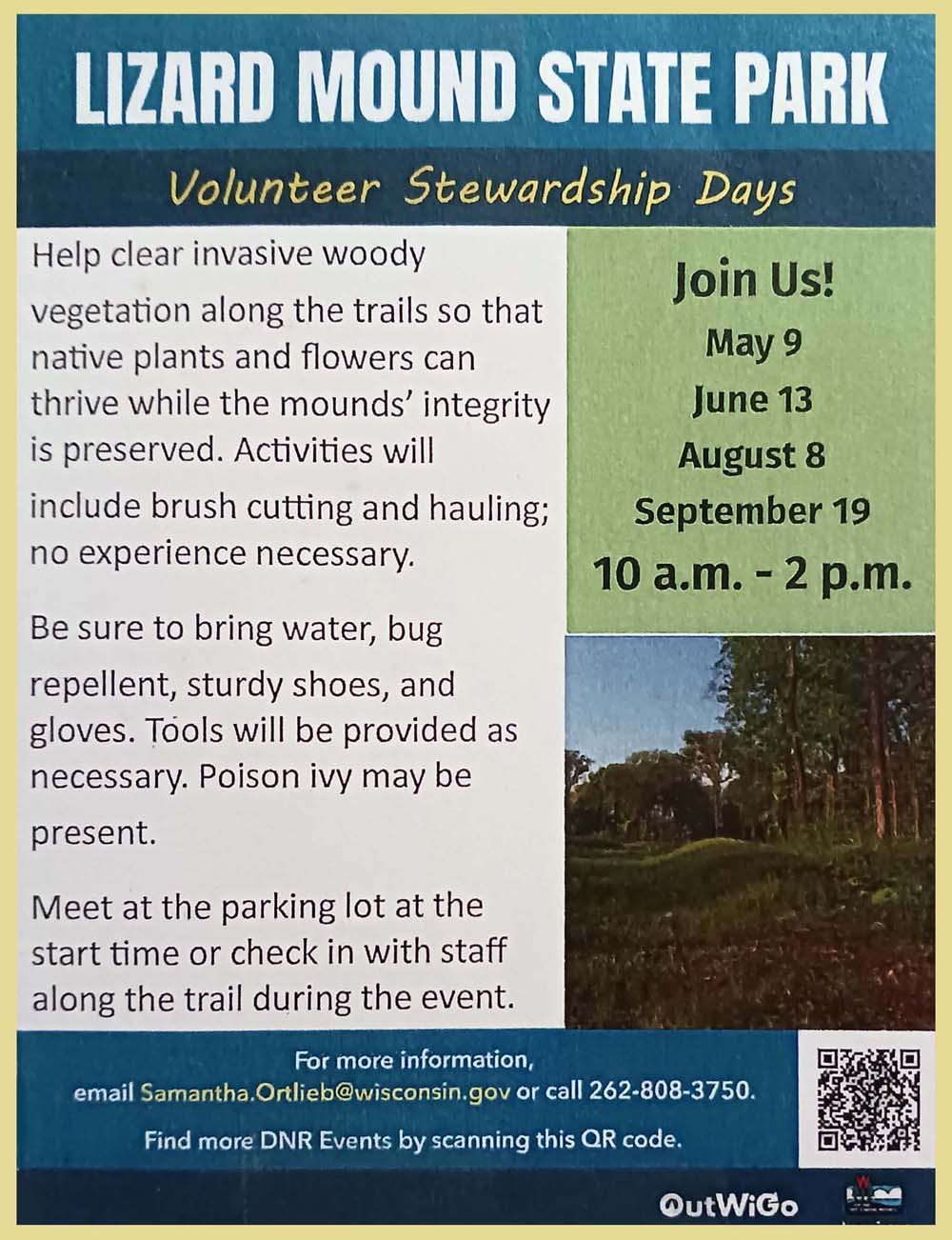
Birth of a Township
On March 11, 1847, Farmington was formally declared a township, not long after the first settlers came to the area. It was common to draw upon the physical surroundings to name a community, and Farmington was no exception. Resisting attempts to rename the Town Carbon, after believed deposits of the element were discovered, or Clarence, after the local postmaster's son, the early settlers retained the name Farmington, clearly reflecting their hopes and desires of becoming a farming community.
The Township quickly developed as a farming community. At least six local cheese factories supplied outlets for milk from area farms. As the Township grew, much of the development, the roads, schools, and local government were all possible because of the efforts and dedication of the local farm families striving to make the Township a strong, dynamic community for their families.
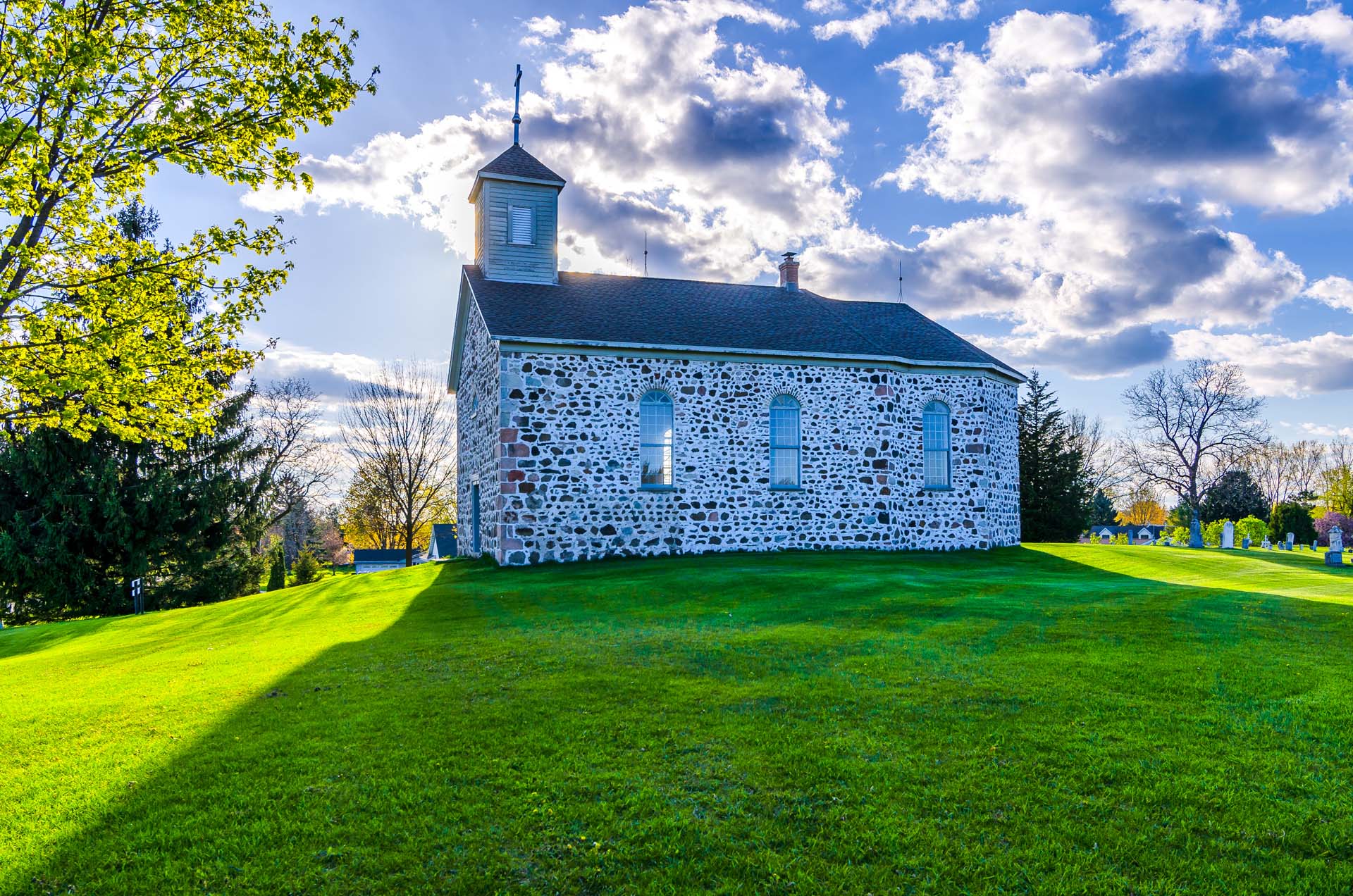
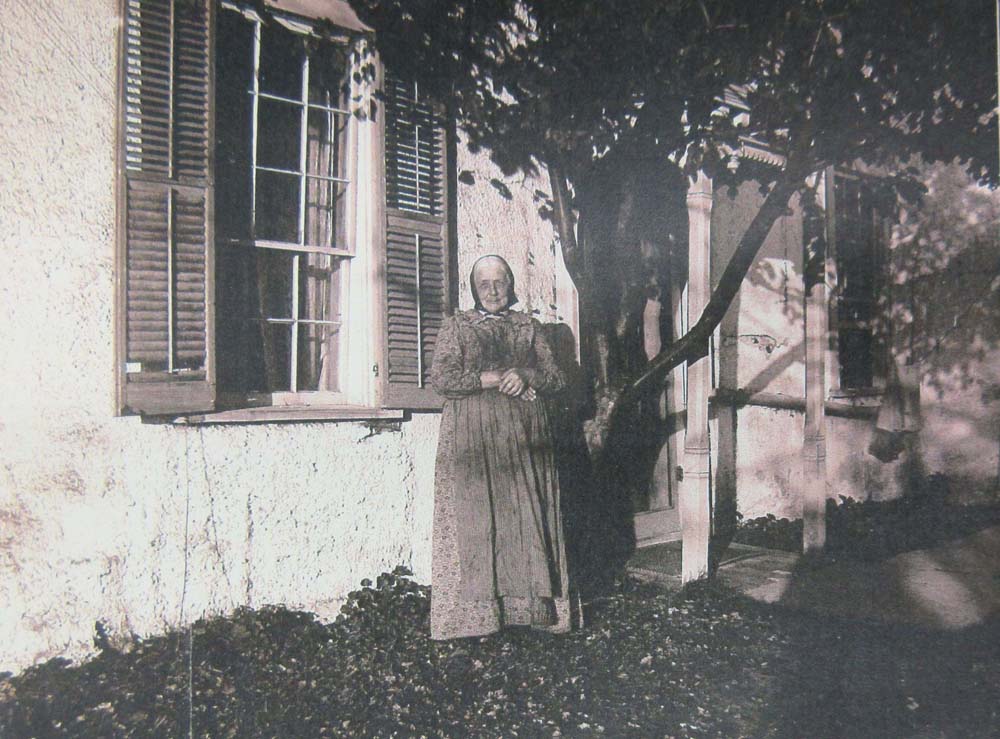
Landmarks & Historic Sites
Saxonia House is a rare example of German “fachwerk” architecture and is one of the largest buildings of its kind in Wisconsin. The building was used as a brewery, a post office, a residence for the brewer's family, a general merchandise & food store, a social hall, and an inn to serve new settlers in the Township. Learn more about Saxonia House and other landmarks that played a part in shaping Farmington's history.
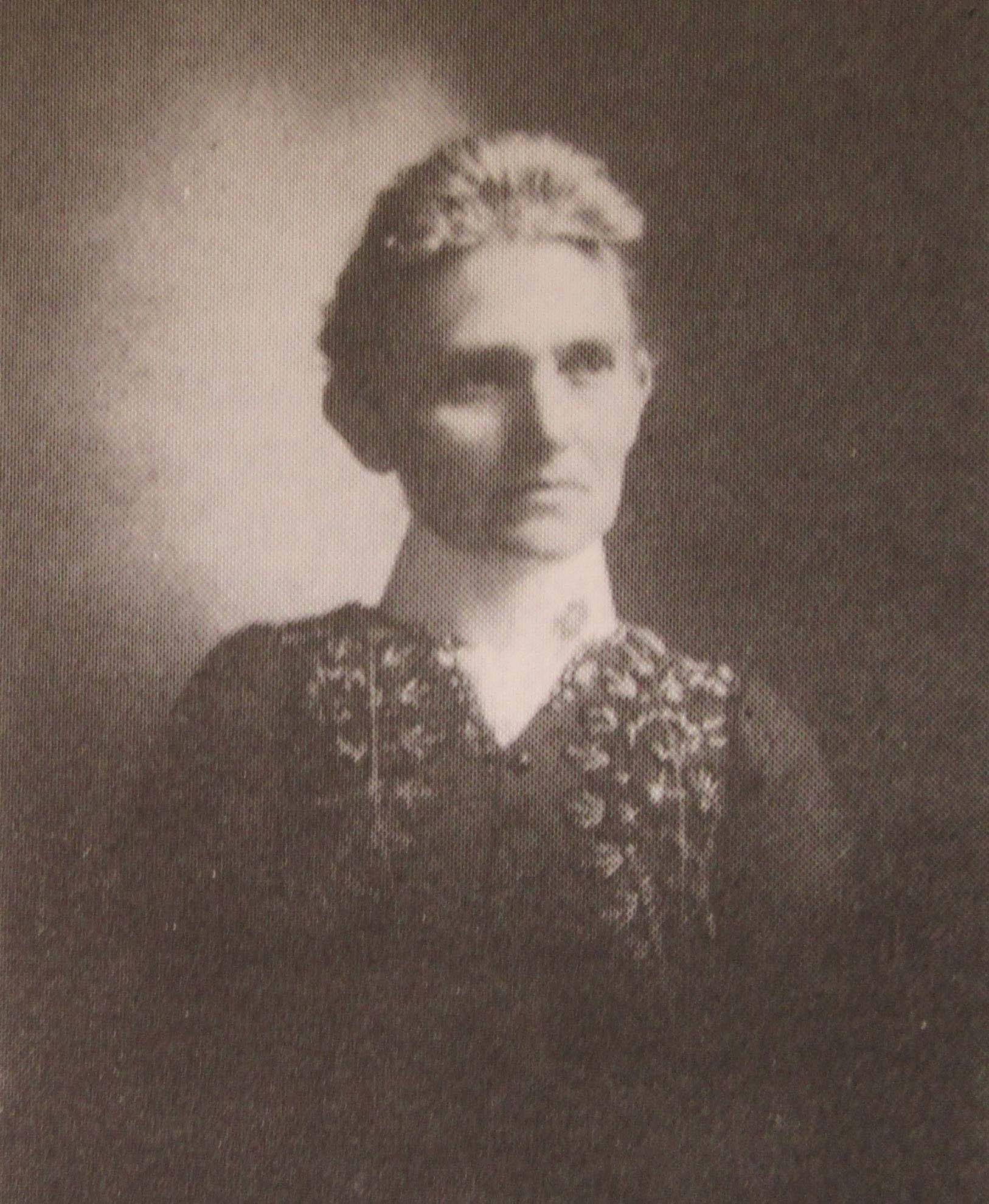
Stories of Farmington
When Sophia Kraetsch was born in 1848, much of Wisconsin was still a wilderness. After a severe illness when she was nine years old, her hands and wrists were deformed, but her fingers were nimble. Undaunted by her disabilities, Sophia was determined to earn her own living, and she decided to become a dressmaker. She wore out four sewing machines during her career as both seamstress and teacher of over 100 ladies.
Discover the rich histories of our places.

A visual insight into Farmington’s past.
Take a look into our past, of the days when our ancestors worked the land, raised their children, shared with their neighbors, and prospered in their communities.
Historic Places Road Tour
We are proud to show the four corners of Farmington, its rural heritage and diverse landscape, in this self-guided, interactive road tour.
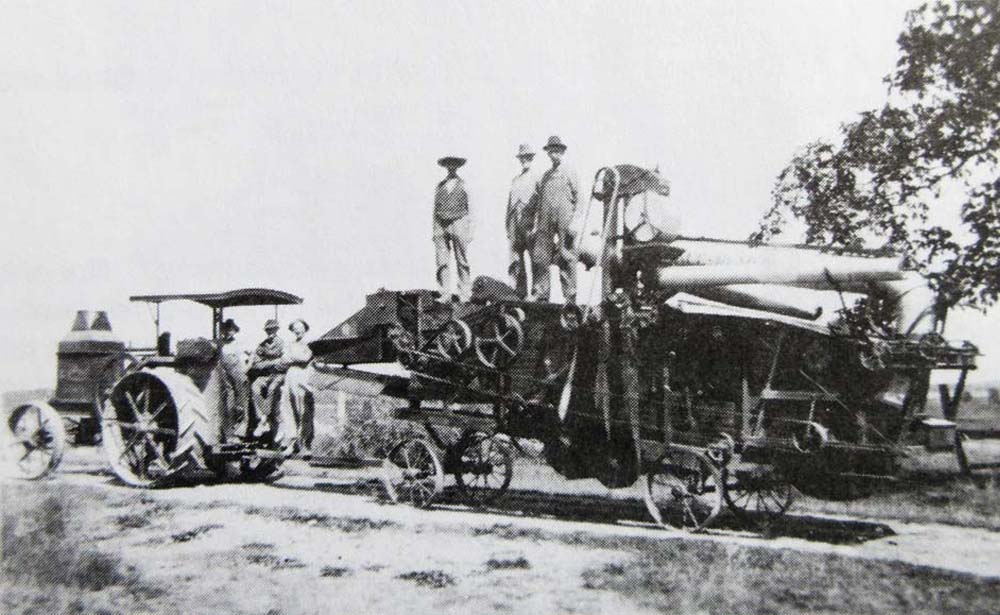
Threshing Time
Threshing was one of the big events in the life of a farmer every summer, and he had to enlist the help of his family, as well as neighbors and relatives. This was an exchange of labor with very little talk of wages.

Albinger's Wagon Shop
In the early 1900s, the gasless buggy was still popular as a means of transportation. Simon P. Albinger established his wagon shop in 1912 in Fillmore and sold top buggies that were pulled by horses.
Get Involved!
We're a friendly and dedicated group of people committed to preserving and celebrating our past. Join the crew!

